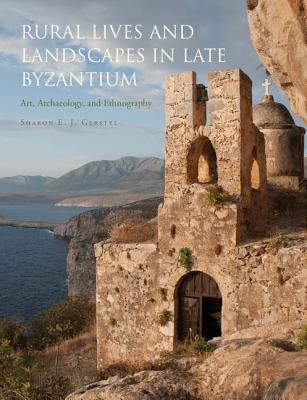
- We will send in 10–14 business days.
- Author: Sharon E J Gerstel
- Publisher: Cambridge University Press
- ISBN-10: 0521851599
- ISBN-13: 9780521851596
- Format: 21.1 x 27.9 x 2.3 cm, kieti viršeliai
- Language: English
- SAVE -10% with code: EXTRA
Reviews
Description
This is the first book to examine the late Byzantine peasantry through written, archaeological, ethnographic, and painted sources. Investigations of the infrastructure and setting of the medieval village guide the reader into the consideration of specific populations. The village becomes a micro-society, with its own social and economic hierarchies. In addition to studying agricultural workers, mothers, and priests, lesser-known individuals, such as the miller and witch, are revealed through written and painted sources. Placed at the center of a new scholarly landscape, the study of the medieval villager engages a broad spectrum of theorists, including economic historians creating predictive models for agrarian economies, ethnoarchaeologists addressing historical continuities and disjunctions, and scholars examining power and female agency.
EXTRA 10 % discount with code: EXTRA
The promotion ends in 23d.08:07:59
The discount code is valid when purchasing from 10 €. Discounts do not stack.
- Author: Sharon E J Gerstel
- Publisher: Cambridge University Press
- ISBN-10: 0521851599
- ISBN-13: 9780521851596
- Format: 21.1 x 27.9 x 2.3 cm, kieti viršeliai
- Language: English English
This is the first book to examine the late Byzantine peasantry through written, archaeological, ethnographic, and painted sources. Investigations of the infrastructure and setting of the medieval village guide the reader into the consideration of specific populations. The village becomes a micro-society, with its own social and economic hierarchies. In addition to studying agricultural workers, mothers, and priests, lesser-known individuals, such as the miller and witch, are revealed through written and painted sources. Placed at the center of a new scholarly landscape, the study of the medieval villager engages a broad spectrum of theorists, including economic historians creating predictive models for agrarian economies, ethnoarchaeologists addressing historical continuities and disjunctions, and scholars examining power and female agency.


Reviews